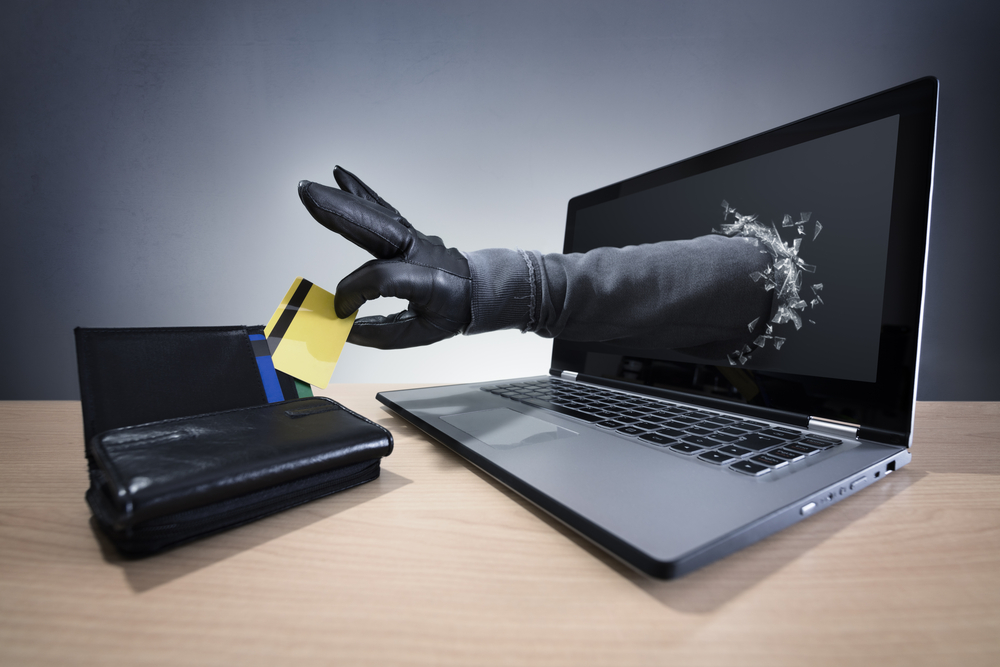Have you ever gone to make a purchase with your bank card only to find out that it’s been declined due to suspicious activity? If so, you may have experienced the unsettling feeling of being involved in bank card theft – unsurprisingly, one of the top financial crimes. With technology making online transactions easier and providing access to more personal information than ever before, thieves are finding clever ways to get their hands on our money.
Here are some of the common tactics used by these fraudsters, followed by tips for how you can safeguard yourself against becoming a victim.
Read on for all the useful information you need.
Skimming
Skimming is the process of stealing credit card information by installing a device on an ATM or point-of-sale terminal. This device reads the magnetic stripe on the card, which contains sensitive information such as the card number, expiration date, and security code. Cybercriminals can use this information to create a cloned card or make fraudulent online purchases.
To protect yourself from skimming, always check the ATM or payment terminal for any signs of tampering, such as loose or misaligned parts. Use an ATM in a well-lit and busy area, and cover the keypad when entering your PIN.
Phishing
Phishing is the process of tricking people into revealing their sensitive information, such as login credentials and credit card details. Cybercriminals often send emails or text messages that appear to be from legitimate sources, such as banks or government agencies. These messages may ask you to click on a link or download an attachment, which then installs malware on your device. This malware can steal your personal and financial information, including your bank card details.
To protect yourself from phishing, always be cautious of unsolicited messages, especially those that ask you to provide personal or financial information. Verify the authenticity of the message by contacting the supposed source directly or visiting their official website.
Card cloning
Card cloning is the act of creating an exact copy of a card for fraudulent use. Criminals used to read the data with a skimmer and camera or pad, write it to a blank card and use it at an ATM or store. However, chip cards have reduced this method’s effectiveness. Scammers now infect payment terminals with malicious code to copy data while processing legitimate purchases. They then send payment requests using this information.
To protect yourself, use contactless payment on your phone or carefully check for suspicious modifications on the PIN-code panel when inserting a card. If something seems off, take additional protective measures.
Card data theft over the internet
Scammers are always on the lookout for bank card details to make online payments, including card numbers, expiration dates, and CVV/CVC codes. They may also seek additional information, such as the cardholder’s name, zip code, or passport number, depending on the country. There are three main ways scammers collect this information: by creating fake online stores, phishing scams, or under the guise of a charity fundraiser; intercepting information through web skimmers or banking Trojans on the victim’s computer or smartphone; and hacking into a real online store to steal stored customer payment card information. Unfortunately, this form of theft is here to stay, with bank data theft attacks almost doubling in 2022.
To protect yourself, consider getting a virtual card for online payments, setting a low limit or keeping a small amount of money on your online payment card, ensuring that the bank always requires confirmation of online payments with a one-time code, and carefully checking payment forms and site addresses. To further enhance protection, use cybersecurity tools that safeguard online payments.
Old Card and Phone Theft
Old-fashioned card and phone theft are still common methods of theft. Criminals can use stolen cards for online payments or make contactless payments without a PIN. A stolen phone with Google Pay enabled can also be used for payments within the allowable limit. Even if a card is blocked, attackers can still make contactless payments or exchange data with a blocked phone to make fraudulent payments.
To protect yourself, set small spending limits on your cards and enable low limits for contactless payments. Consider using a virtual card with low limits and linking it to a payment app that requires an unlocked phone for payments.
Card-not-present fraud
Card-not-present fraud occurs when a cybercriminal makes an online or over-the-phone purchase using stolen credit card information. This type of fraud is common in e-commerce and can be difficult to detect.
To protect yourself from card-not-present fraud, always use secure websites when making online purchases, look for the padlock icon in the URL bar, and use strong passwords. Avoid making purchases on public Wi-Fi networks as these networks can be vulnerable to cyber-attacks.
In conclusion, cybercriminals use various tactics to steal funds from bank cards, and it is crucial to take steps to protect yourself. We recommend being cautious with all card payments, setting up the quickest possible notification method (such as push notifications or SMS), and contacting your bank immediately if you notice any suspicious transactions. Remember to always be cautious of unsolicited messages, use secure websites, and protect your PIN when using an ATM. Stay safe and stay protected.


